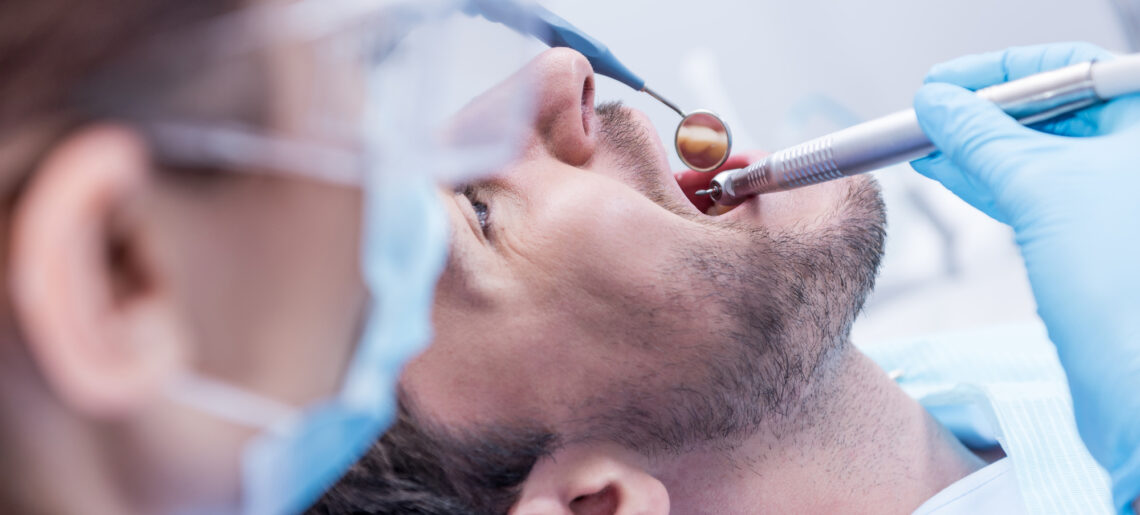Regional Dentists & Infectious Diseases

The world has seen some pretty ugly days. Pandemics just happen to be on top of that list. Today, we are all battling Coronavirus as well as other viruses like HIV&AIDS. And so the majority of medical practitioners have had to put their personal lives aside to take care of people. A lot has changed, and a lot is yet to change still. But has this interfered in ways how doctors, particularly dentists, go about their businesses? Is there really a distinct difference between how coronavirus and AIDs cases are handled?
Well, the answer is an astounding yes.
Below is a detailed comparison as to how the two cases have changed in an emergency dentist crisis. So read on to find out how.
But before we get into that, let’s get this small bit out of the way:
Both diseases are deadly, no doubt about it. AIDs is a lifetime disease, while Coronavirus is a more short-term illness that can knock you off your feet in a matter of days. Today you might be up and healthy, tomorrow you have a mild cold that could escalate to you being admitted to the ICU. With that said, Coronavirus calls for a more careful approach as it is also transmitted through contact of a sick person or a surface they have touched. While AIDs could take years to make the switch from HIV.
Ask These Questions To Your Orthodontist Before Starting Any Dental Treatment
1.Preparation and use of equipment.
When dentists get aware of this, they take more care of the sterilization of the kits they use. The Coronavirus is a respiratory pathogen, while HIV is an immuno-attacking one. Both can be transmitted through body fluids, including saliva, which is inevitable to get into contact with in a dental session. To block both viruses from moving from one party to another, the equipment used MUST be cleaned and sterilised after each session. Moreso, the dentist, and their assistant being careful not to hold anything after a procedure without them being sterilised. As usual, syringes are used once per patient and disposed of while the reusable dental tools must be disinfected thoroughly. For this, the standard procedure is upheld.
2.Staff uniform
When you are dealing with an AIDs patient, the medical staff will be in the standard uniform as the virus cannot be airborne on any occasion. But when handling a known Coronavirus case, they must be in the full armour of protective gear- masks, gloves, suits, and any other piece of kit. But since you cannot know who is infected with Coronavirus, both parties should be at least wearing a face mask to protect themselves.
3.Personal responsibility
Lastly, both the patient and the medical officers have a significant role to play in both cases-AIDs and Coronavirus. Here, especially in a dental emergency the patient has to answer truthfully to any question asked by the dentist. Concerning AIDs, they must admit having the disease and in Coronavirus, at least telling of their travel history, if any. On Coronavirus, both parties should protect the other by having masks on, hand sanitisers, sneezing in the elbow, among others.
In as much as social distancing is a bit of a myth during a dental session, masks, gloves, and a protective suit can keep the coronavirus pathogens at bay.
To conclude, it is safe to say that both need caution. So much so, make sure you protect yourself so that you can protect others.

